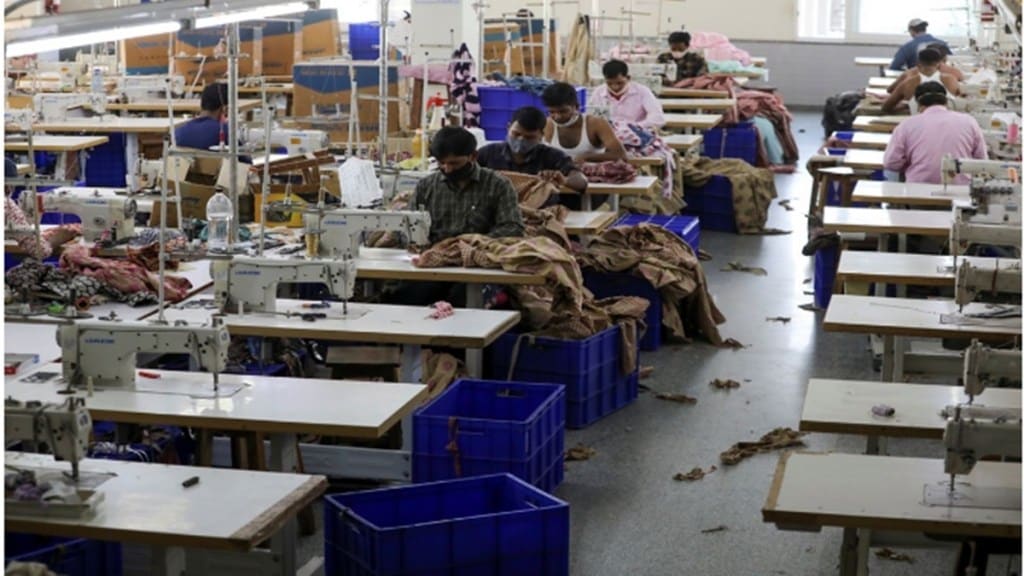The slowdown in its key markets like the US and European Union (EU) has hit knitwear exports from the Tirupur cluster, Asia’s largest textiles export hub, which accounts for more than half of India’s knitwear exports. Industry sources said the export markets continue to be dull, with few new orders, but expressed the hope that by June-July, the markets may return to normalcy, as the consumption season peaks.
As per the provisional figures, knitwear exports from Tirupur grew just 2.5% to `34,350 crore in FY23, which is not only lower by the historical trend excepting the pandemic period, but was also lower than the country’s overall knitwear export growth of 3.76% in the year.
India’s knitwear exports stood at `63,239 crore in FY23.
According to K M Subramanian, president, Tirupur Exporters’ Association (TEA), exports from the hub have slowed since August, with negative growth all subsequent months except November. Despite that, we could surpass last year’s figures. Our major markets such as US and EU were in slowdown during those period.”
The TEA president further said that the situation is gradually improving in the US and EU markets and the orders are coming in slowly. “By June or July, these markets will hopefully come to nomalcy allowing normal exports growth”, he said.
For most of the part of last fiscal, the knitwear exporters in Tirupur had been facing problems such as power tariff hike, and dwindling export orders from the main markets, besides increased yarn prices. Russia-Ukraine war undermined purchasing power of the European clients resulting in reduced export orders from there while the US customers too placed lesser orders.
In August 2022. Tirupur showed first signs of degrowth, with the exports decreasing by 14.6% to Rs 2,711 crore. There was sharper contractions of 24.4% in September, with exports of Rs 2,367 crore and Octcober (34.2%, Rs 2,164 crore).
But things went to worse yet again, exports dwindled by 6.6% in December to Rs 3,079 crore, 8.2% to Rs 2,782 crore in January and 11.1% to Rs 2,790 crore in February and 22.6% to Rs 2,680 crore in March.
The exporters under Tirupur Exporters’ Association (TEA) had been seeking a new technology upgradation fund (TUF) scheme (interest benefit on capex loans) for units, which have already made investments as well as those planning to make new investments. The exporters say continuous modernisation of machinery is need of the hour to fight the intense competition in the global export marketplace.
The exporting units were under the anticipation that the new TUF scheme would come into effect from April 1, 2022 immediately after the expiry of the amended technology upgradation fund scheme (ATUFs) on March 31, 2022. Based on this expectation, the garment units including MSMEs started making investments in purchase of machinery and installing in their units.
The exporters’ association had recently sought minimum Rs 10 crore as investment limit for industries that want to benefit under the second Production Linked Incentive (PLI) scheme for textiles.
Tirupur cluster has 1,233 exports units and provides employment to 0.6 million people directly and 2,00,000 indirectly, 60% of them are women workers.


